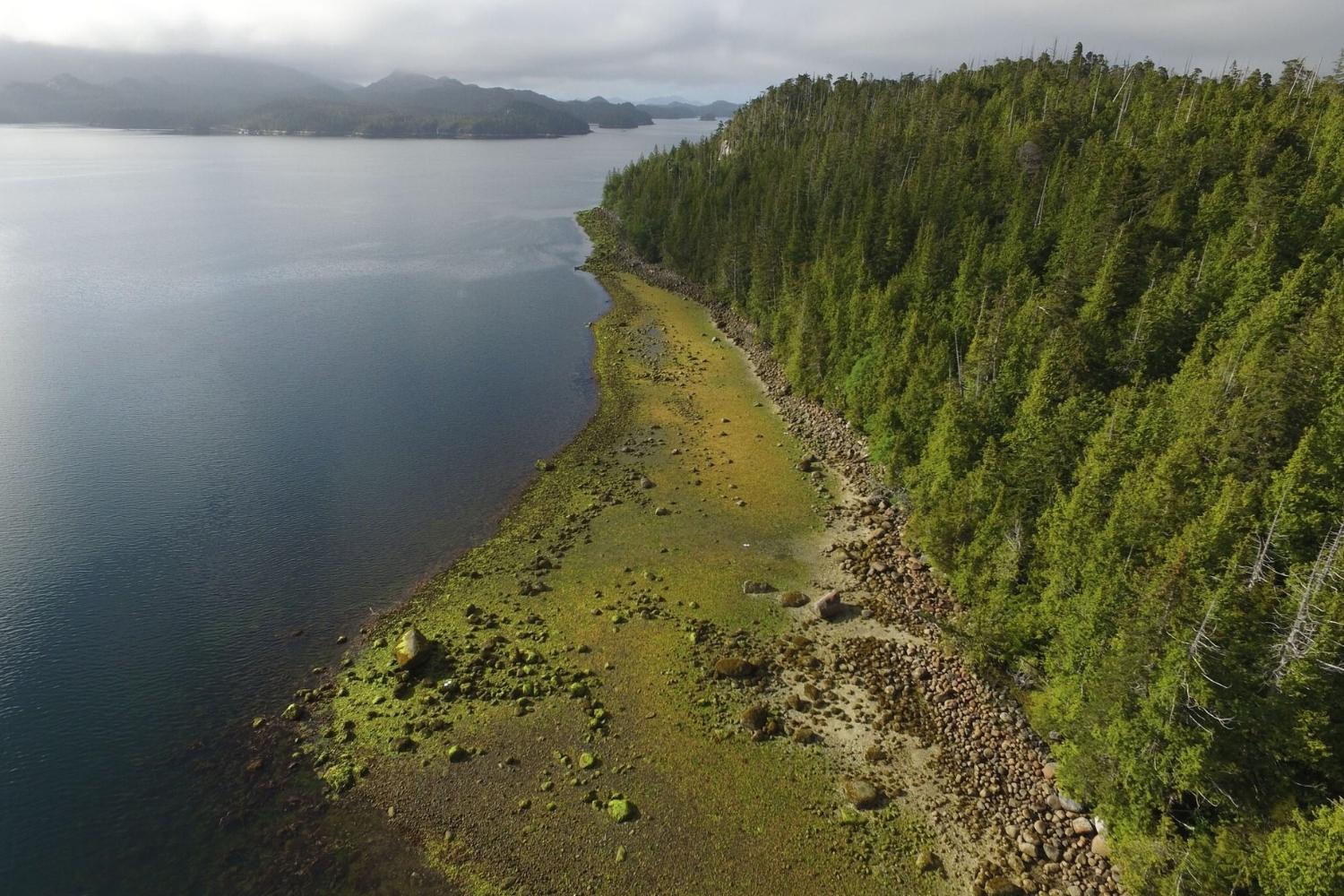Hidden Indigenous Harvesting Sites Of The Northwest Coast

Have you ever wondered about the hidden indigenous harvesting sites of the Northwest Coast? These places hold rich history and cultural significance. Indigenous communities have used these sites for centuries to gather food, medicine, and materials. Visiting these locations offers a unique glimpse into traditional practices and sustainable living. Imagine walking through ancient forests where people once collected berries, roots, and herbs. Picture the shores where they harvested shellfish and seaweed. These sites are not just about the past; they continue to play a vital role in the lives of indigenous people today. Ready to learn more about these fascinating places? Let's dive in!
Hidden Indigenous Harvesting Sites of the Northwest Coast
The Northwest Coast is rich with history and culture, especially when it comes to the Indigenous peoples who have lived there for thousands of years. Their harvesting sites are not only fascinating but also a testament to their deep connection with nature. Let’s uncover some of these hidden gems.
Ancient Fishing Grounds
Fishing has always been a cornerstone of life for Indigenous communities along the Northwest Coast. These ancient fishing grounds are still in use today, showcasing sustainable practices passed down through generations.
Namu, British Columbia
Namu is one of the oldest known archaeological sites in British Columbia. It has been a significant fishing and trading hub for over 9,000 years. The site reveals ancient fishing techniques and tools, providing a glimpse into the lives of early inhabitants.Ksan Historical Village, British Columbia
Located near the confluence of the Skeena and Bulkley Rivers, Ksan Historical Village is a reconstructed Gitxsan village. The area is known for its rich fishing grounds, particularly for salmon, which has been a staple food source for the Gitxsan people.Ozette, Washington
The Makah people have lived in Ozette for thousands of years. This site is famous for its well-preserved archaeological finds, including fishing gear and wooden artifacts. The Makah’s fishing practices are still evident in the area today.
Sacred Berry Picking Sites
Berries are more than just food; they hold cultural and spiritual significance for Indigenous peoples. These sacred berry picking sites are often hidden in plain sight, offering a bounty of nature’s gifts.
Mount Rainier, Washington
The Nisqually, Puyallup, and other tribes have long harvested huckleberries and other wild berries on the slopes of Mount Rainier. These berry picking traditions are celebrated annually, with families returning to the same spots year after year.Haida Gwaii, British Columbia
Haida Gwaii, an archipelago off the coast of British Columbia, is home to the Haida Nation. The islands are rich with wild berries, including salmonberries, huckleberries, and blueberries. These berries are not only a food source but also play a role in Haida ceremonies and art.Snoqualmie Falls, Washington
The Snoqualmie people have a deep connection to Snoqualmie Falls, a sacred site for them. The surrounding area is abundant with wild berries, which are harvested for both sustenance and traditional medicine.
Traditional Shellfish Harvesting Areas
Shellfish harvesting is another vital aspect of Indigenous life on the Northwest Coast. These traditional shellfish harvesting areas are teeming with clams, mussels, and other marine delicacies.
Clayoquot Sound, British Columbia
The Nuu-chah-nulth people have harvested shellfish in Clayoquot Sound for generations. The area’s intertidal zones are rich with clams, mussels, and other shellfish, which are gathered using traditional methods.Lummi Island, Washington
The Lummi Nation has a long history of shellfish harvesting on Lummi Island. The island’s beaches are dotted with clam gardens, which are carefully maintained to ensure a sustainable harvest.Kyuquot Sound, British Columbia
Kyuquot Sound is home to the Kyuquot/Cheklesahht First Nation. The area’s pristine waters are perfect for harvesting shellfish, including clams, oysters, and mussels. Traditional knowledge and practices ensure that these resources remain abundant.
Hidden Plant Gathering Spots
Plants have always been essential for food, medicine, and crafting materials. These hidden plant gathering spots are where Indigenous peoples collect a variety of plants for their daily needs.
Great Bear Rainforest, British Columbia
The Great Bear Rainforest is a vast, remote area that is home to the Heiltsuk, Kitasoo/Xai'xais, and other First Nations. The forest is rich with medicinal plants, edible roots, and berries, which are gathered using traditional knowledge.Olympic Peninsula, Washington
The Olympic Peninsula is home to the Quinault, Hoh, and other tribes. The area’s diverse ecosystems provide a wealth of plant resources, including cedar bark for weaving, medicinal herbs, and edible plants.Gwaii Haanas National Park Reserve, British Columbia
Gwaii Haanas is a protected area that is co-managed by the Haida Nation and the Canadian government. The park’s diverse habitats are perfect for gathering a variety of plants, from medicinal herbs to edible berries and roots.
Preserving Cultural Heritage
Exploring the hidden Indigenous harvesting sites of the Northwest Coast offers a glimpse into the rich traditions and sustainable practices of the region's First Nations. These sites, often overlooked, hold immense cultural and historical value. By visiting and learning about these places, travelers can gain a deeper appreciation for the Indigenous communities that have thrived here for thousands of years.
Respecting these sites is crucial. Always seek permission from local communities and follow guidelines to ensure their preservation. Supporting local Indigenous guides and businesses helps sustain these communities and keeps their stories alive.
Next time you plan a trip to the Northwest Coast, consider adding these hidden gems to your itinerary. You'll not only enjoy breathtaking landscapes but also contribute to the preservation of a vital cultural heritage.

